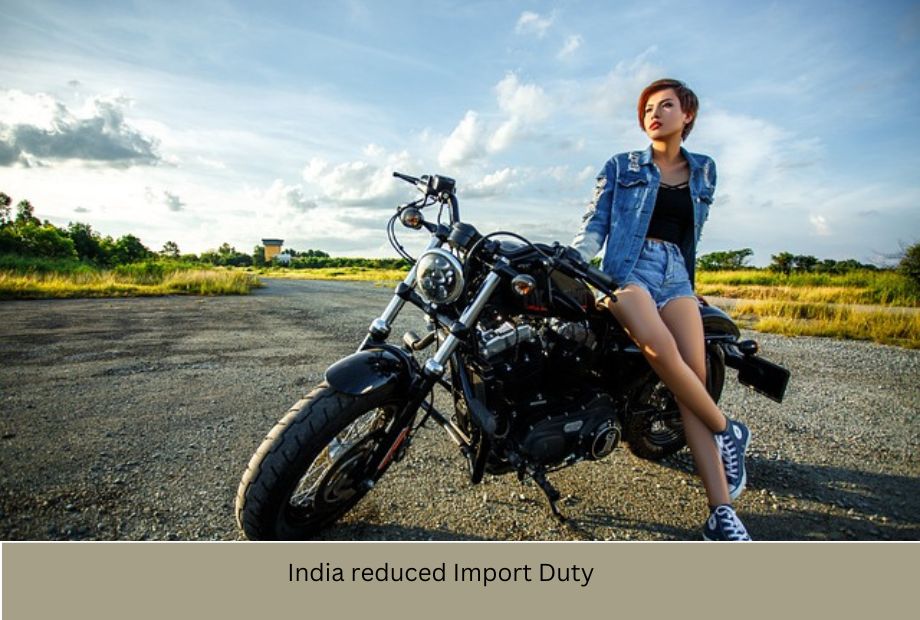In a strategic move to enhance trade relations and dispel concerns over high import duties, India has reduced its peak customs duty rate from 150% to 70%. Officials highlight that the import tariffs on the top 30 U.S. exports to India—including crude petroleum, coking coal, aeroplanes, and liquefied natural gas—are already minimal, ranging between 0% and 7.5%.
The recent tariff adjustments, introduced in the Union Budget, have eliminated the highest duty slabs of 150%, 125%, and 100%, which previously applied to a select few items but contributed to a perception of India as a high-tariff nation. The move addresses criticism, including remarks from former U.S. President Donald Trump, who had placed India in the same category as China, labelling both as “tariff abusers.”
Sanjay Kumar Agarwal, Chairman of the Central Board of Indirect Taxes and Customs (CBIC), emphasized that the streamlined tariff structure is designed to present India as a more trade-friendly nation. “Our efforts to reduce the number of duty slabs from 15 to eight, including a zero-rate slab, aim to rectify global perceptions and reaffirm that India is not a high-tariff country,” he stated.
The Finance Ministry has also prepared a comprehensive fact sheet outlining India’s import duty rates on key U.S. products. This document may be shared through diplomatic channels to counter any misconceptions and highlight the lowered tariff rates introduced in the latest budget.
Finance Secretary Tuhin Kanta Pandey underscored that the government has been independently reassessing its customs duty framework to ensure rationalization. “This initiative was part of our ongoing policy adjustments. However, we are always open to sharing factual data to clarify any misinterpretations. Many key imports, such as aeroplanes, have duties as low as 2.5% plus an additional 0.5%, and scheduled operators can even import them at a zero rate,” he said.
The elimination of high peak tariffs and the reduction of multiple duty slabs reinforce India’s commitment to trade facilitation. “We have removed the highest tariff slabs of 150%, 125%, 100%, 40%, 35%, 30%, and 25%, signalling to both domestic industries and international partners that we are committed to maintaining a competitive tariff structure,” Pandey added.
Furthermore, India has revised duties on high-end motorcycles, lowering tariffs to 30% for bikes with engines of 1600 cc or larger, further supporting global trade relations and industrial competitiveness.
With the average tariff now reduced to 10.6% from the earlier 11.55%, India is actively working to present itself as an attractive trade partner, fostering stronger economic ties with key global economies.






